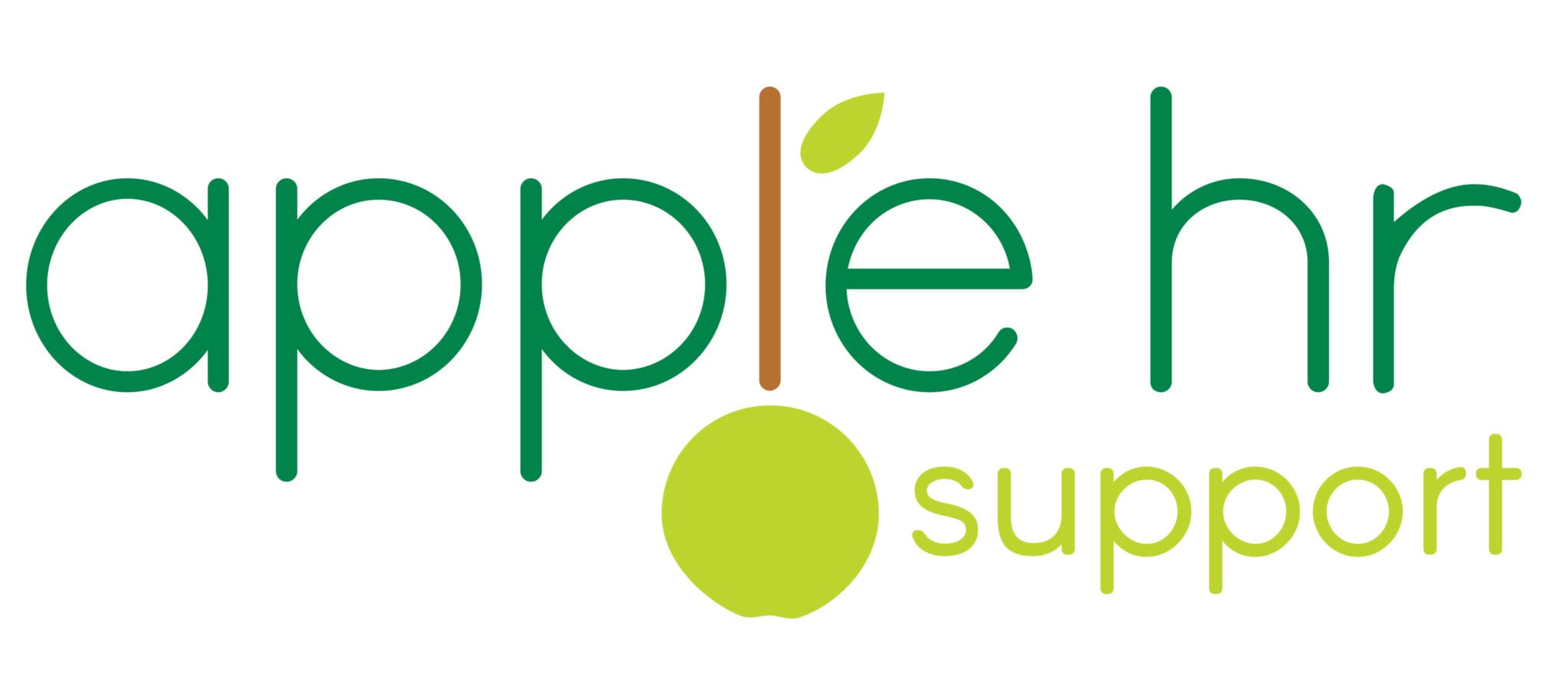You should conduct a right to work check before you employ a person to ensure they are legally allowed to do the work in question for you and you retain your statutory excuse against a civil penalty in the event of illegal working involving the subject. There are two types of right to work checks: a manual document-based check and an online check.
We’ve put together an easy guide to conducting Right to Work checks to help you make sure your business remains legally compliant.
Manual Check
- Obtain – You must obtain original versions of the acceptable documents including a passport, a passport card, a birth certificate, a biometric immigration document or a current immigration status document.
- Check – You must check that the documents are genuine and that the person presenting them is the prospective employee or employee, the rightful holder and allowed to do the type of work you are offering. You must check that:
- photographs and dates of birth are consistent across documents and with the person’s appearance in order to detect impersonation;
- expiry dates for permission to be in the UK have not passed;
- any work restrictions to determine if they are allowed to do the type of work on offer (for students who have limited permission to work during term-times, you must also obtain, copy and retain details of their academic term and vacation times covering the duration of their period of study in the UK for which they will be employed);
- the documents are genuine, have not been tampered with and belong to the holder; and
- the reasons for any difference in names across documents can be explained by providing evidence (e.g. original marriage certificate, divorce decree absolute, deed poll). These supporting documents must also be photocopied and a copy retained.
- Copy – You must make a clear copy of each document in a format that cannot manually be altered and retain the copy securely: electronically or in hardcopy. You must also retain a secure record of the date on which you made the check. Simply writing a date on the copy document does not, in itself, confirm that this is the actual date when the check was undertaken. If you write a date on the copy document, you must also record that this is the date on which you conducted the check.
Online Check
- Use the Home Office online service – The Home Office online service works on the basis of the
 person first viewing their own Home Office right to work record. They may then share this information with you by providing you with a ‘share code’. When this code is entered along with the person’s date of birth, it enables you to access their right to work profile page.
person first viewing their own Home Office right to work record. They may then share this information with you by providing you with a ‘share code’. When this code is entered along with the person’s date of birth, it enables you to access their right to work profile page. - Check – In the presence of the individual (in person or via live video link), you must check that the photograph on the online right to work check is of the individual presenting themselves for work (i.e. the information provided by the check relates to the individual and they are not an imposter). You must only employ the person, or continue to employ an existing employee if you are conducting a follow-up check if the online check confirms they have the right to work and are not subject to a condition preventing them from doing the work in question.
- Retain evidence of the online check – You must retain evidence of the online right to work check. For online checks, this should be the ‘profile’ page confirming the individual’s right to work. This is the page that includes the individual’s photo and the date on which the check was conducted. You will have the option of printing the profile or saving it as a PDF or HTML file. You should store this securely, (electronically or in hardcopy) for the duration of employment and for two years afterwards. The file must then be securely destroyed.
For help and advice on how to carry out these checks in a sensitive way please email info@applehr.co.uk.


